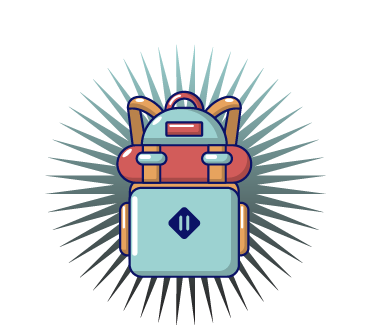Chapter 6 - The New School Approach
The "new school" approach to touring represents a significant shift in how the industry addresses the well-being of artists and crew members. This model prioritizes mental and emotional health, recognizing that a happy and healthy team is essential for a successful tour. The emphasis on wellness has led to the implementation of practices that foster a more compassionate and inclusive environment.
One of the key tenets of the new school approach is flexibility. Unlike the rigid schedules of the past, modern touring practices allow for adjustments based on individual needs. Crew members are encouraged to communicate openly about their personal circumstances, enabling management to accommodate requests for time off or adjustments to the schedule. This flexibility not only enhances morale but also contributes to a more productive and efficient working environment.
Additionally, the new school approach recognizes the importance of diversity and inclusion within touring teams. Mixed-gender crews are now the norm, fostering an environment of mutual respect and collaboration. This shift has led to a more dynamic and innovative approach to touring, as diverse perspectives contribute to problem-solving and creativity.
Moreover, the new school mentality emphasizes the importance of self-care. Crew members are encouraged to prioritize their mental and emotional well-being, with resources available to support them in managing stress and maintaining a healthy work-life balance. This focus on wellness not only benefits individuals but also enhances the overall experience for everyone involved in the tour.
As the industry continues to evolve, the new school approach serves as a model for how touring organizations can prioritize the well-being of their teams. By fostering a
culture of compassion and inclusivity, the music industry can create a more sustainable and fulfilling environment for artists and crew members
alike.
This white paper snippet is part of a series of 20, the full paper can be found at:

